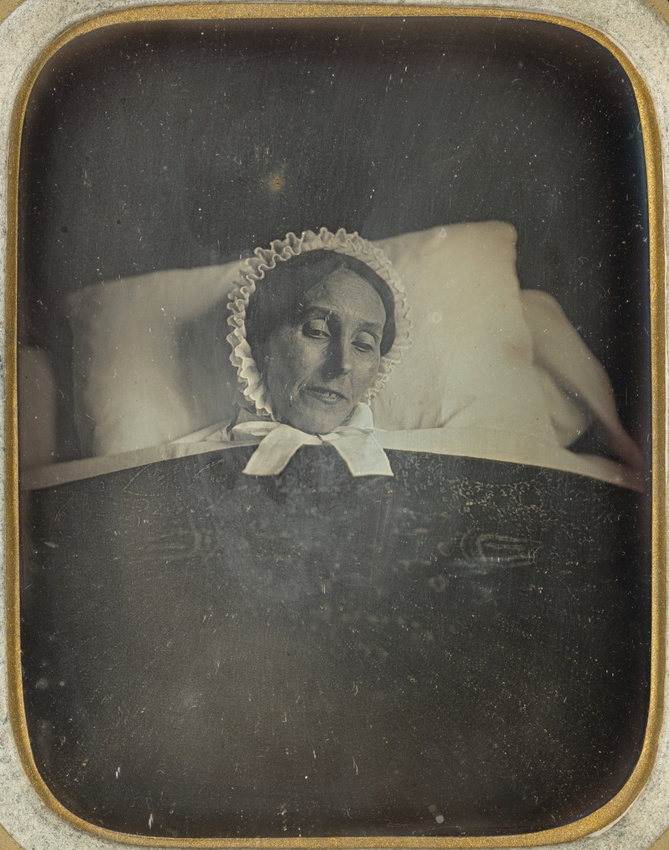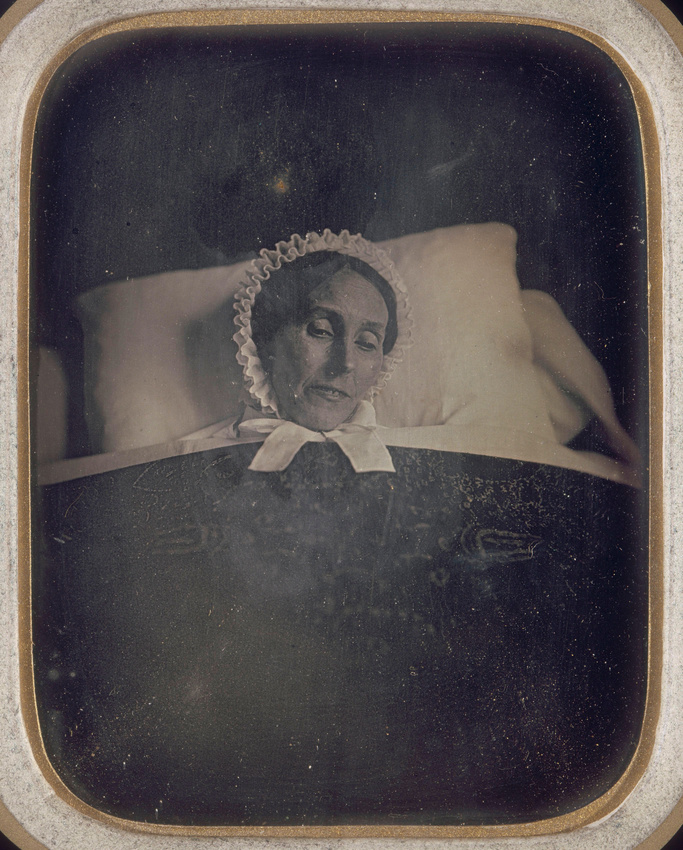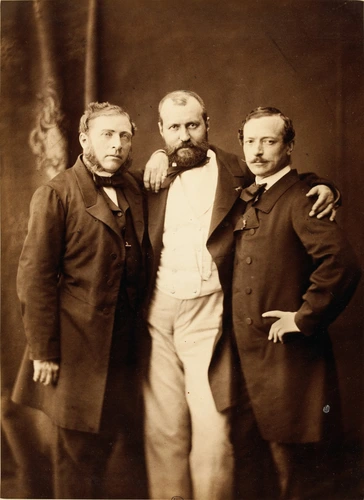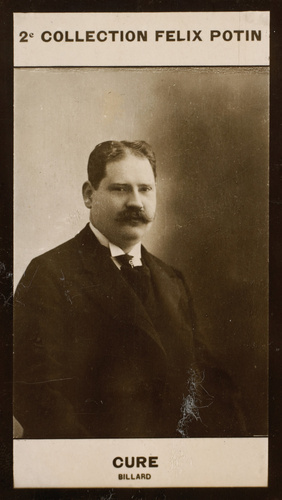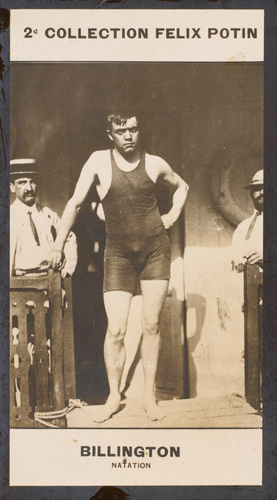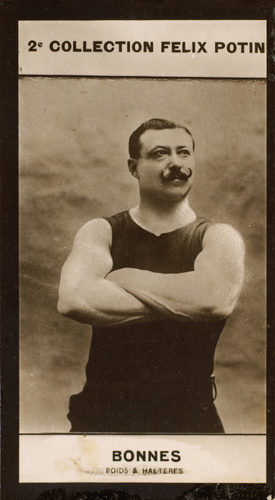Femme sur son lit de mort, vue sous trois angles différents (ici, de face)
"The artist will go to the homes of those who so wish and for postmortem portraits". This information, worded in various ways, was commonly found in advertisements for the early daguerreotypists. It testified to a rapidly spreading practice. Previously, death masks and painted portraits were the only means of keeping a souvenir of somebody who had just died and both practices were reserved for the rich. The daguerreotype permitted a wider circulation of postmortem portraits.
The authors of these daguerreotypes were usually anonymous. It is plausible that photographers who had acquired a certain reputation might try to avoid such a thankless task. In a work published in 1855, Eugène Disdéri confessed: "We have taken a multitude of postmortem portraits; but, I must admit, it was not without some repugnance."
In the 1840s and 1850s, a postmortem daguerreotype was often the only portrait of the subject. The most widespread practice was then to take a close-up shot of the deceased in bed to give the illusion of deep sleep. Here, three views were taken of this woman to form a triptych. As in most cases, coffins, flowers and crucifixes which might dispel the ambiguity were absent. So, decades later, outside the family context, doubts sometimes arose about whether these portraits were really taken after death.
